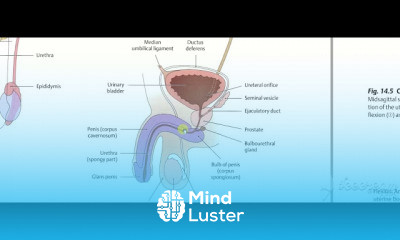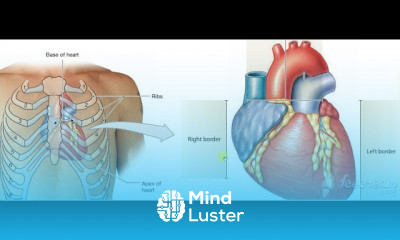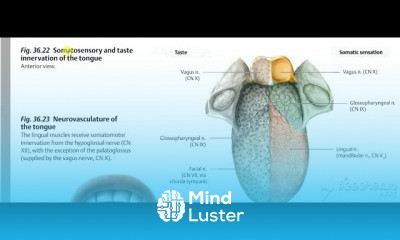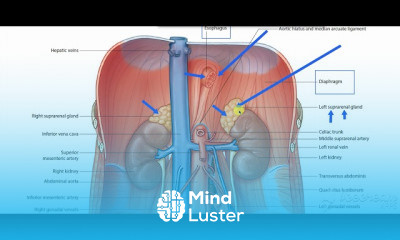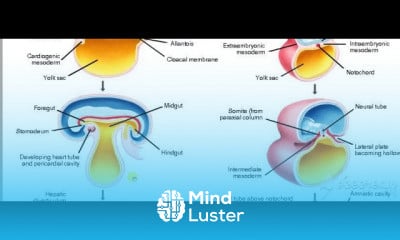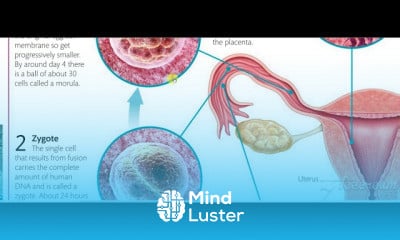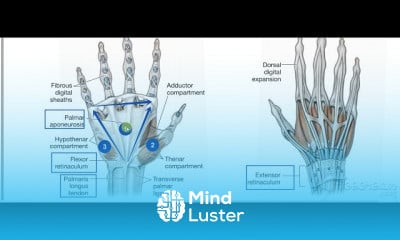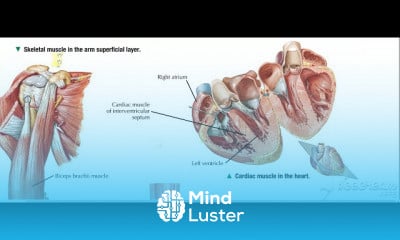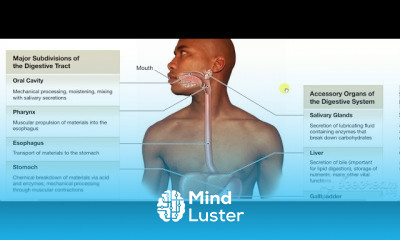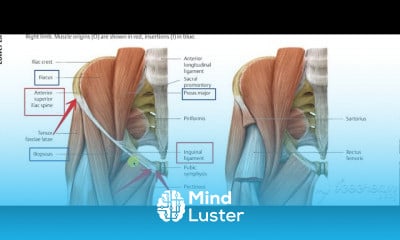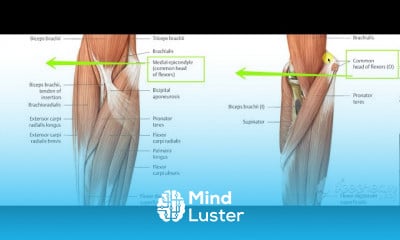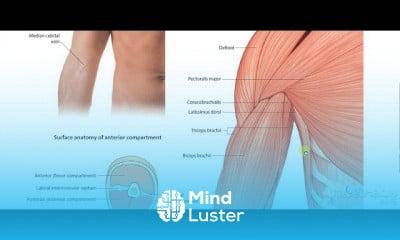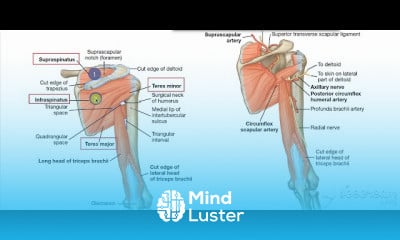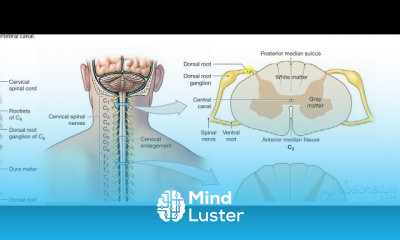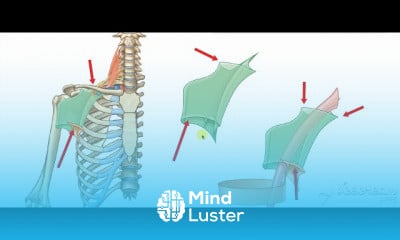Hyoglossus muscle relations
Share your inquiries now with community members
Click Here
Sign up Now
Lessons List | 18
Lesson
Comments
Related Courses in Medical
Course Description
The infrahyoid muscles, or strap muscles, are a group of four pairs of muscles in the anterior (frontal) part of the neck. The four infrahyoid muscles are the sternohyoid, sternothyroid, thyrohyoid and omohyoid muscles
Excluding the sternothyroid, the infrahyoid muscles either originate from or insert on to the hyoid bone.
The term infrahyoid refers to the region below the hyoid bone, while the term strap muscles refers to the long and flat muscle shapes which resembles a strap. The stylopharyngeus muscle is considered by many to be one of the strap muscles,[citation needed] but is not an infrahyoid muscle.
The infrahyoid muscles are a group of four paired muscles that lie inferiorly to the hyoid bone in the anterior aspect of neck. This group of muscles is also known as strap muscles. They connect hyoid, sternum, clavicle and scapula.
Infrahyoid muscles are organised in two layers. Superficial layer consist of sternohyoid and omohyoid whereas deep layer contain sternothyroid and thyrohyoid.
The muscles are involved in movements of the hyoid bone and thyroid cartilage during vocalization, swallowing and mastication.It play an active role in swallowing through the movement of the larynx. They are mainly innervated from the ansa cervicalis.
The suprahyoid muscles are a group of four muscles located superior to the hyoid bone of the neck. They all act to elevate the hyoid bone – an action involved in swallowing.
The arterial supply to these muscles is via branches of the facial artery, occipital artery, and lingual artery.
In this article, we shall look at the anatomy of the suprahyoid muscles – their attachments, actions, and innervation.
Trends
French
Graphic design tools for beginners
Data Science and Data Preparation
Artificial intelligence essentials
Formation efficace à l écoute de l
Learning English Speaking
Essential english phrasal verbs
MS Excel
American english speaking practice
Electrical engineering for engineer
Build a profitable trading
Build a tic tac Toe app in Xcode
Python for beginners
Figma for UX UI design
YouTube channel setup
Marketing basics for beginners
Web Design for Beginners
Computer science careers
ArrayLists in C for beginners
Magento Formation Français
Recent
Data Science and Data Preparation
Growing ginger at home
Gardening basics
Ancient watering techniques
Grow mushrooms
Growing onions
Veggie growing
Bean growing at home
Growing radishes
Tomato growing at home
Shallot growing
Growing kale in plastic bottles
Recycling plastic barrel
Recycling plastic bottles
Grow portulaca grandiflora flower
Growing vegetables
Growing lemon tree
Eggplant eggplants at home
zucchini farming
watermelon farming in pallets



